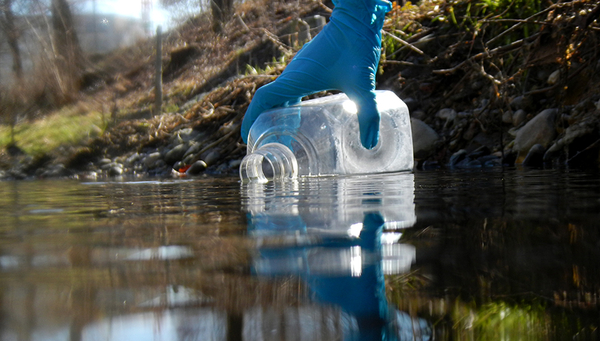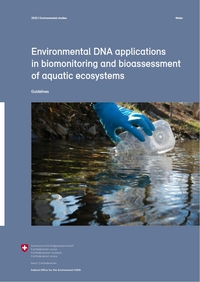Archive detail
Is worm counting on the way out?
December 1, 2020 |
Even though eDNA studies can never wholly replace conventional species identification and enumeration, this new approach is more than just an additional tool. But what are its advantages and disadvantages, what methods are available, and what best practices and routine standards are to be recommended? Answers to these questions are provided by the new guidelines on “Environmental DNA applications in biomonitoring and bioassessment of aquatic ecosystems” (published in English, French and German).
The publication – addressed to environmental consultancies, federal and cantonal agencies, as well as researchers – provides an introduction to the new techniques and an overview of the latest developments and possible applications. While advances in eDNA analysis are ongoing, the adoption of standard methods should ensure that scientifically reliable results can be obtained today. Case studies, detailed protocols and established practices should facilitate eDNA sample processing and enhance the comparability of eDNA methods. Finally, the guidelines should lead to harmonised enforcement practice and promote compliance with the relevant legal requirements on biodiversity monitoring across Switzerland. The new guidelines were prepared, under the aegis of the FOEN, by Eawag in collaboration with the Universities of Zurich and Geneva.
Cover picture: Eawag, Elvira Mächler
Original publication
Pawlowski J., Apothéloz-Perret-Gentil L., Mächler E. & Altermatt F. 2020. Anwendung von eDNA-Methoden in biologischen Untersuchungen und bei der biologischen Bewertung von aquatischen Ökosystemen. Richtlinien. Bundesamt für Umwelt, Bern. Umwelt-Wissen Nr. 2010.


